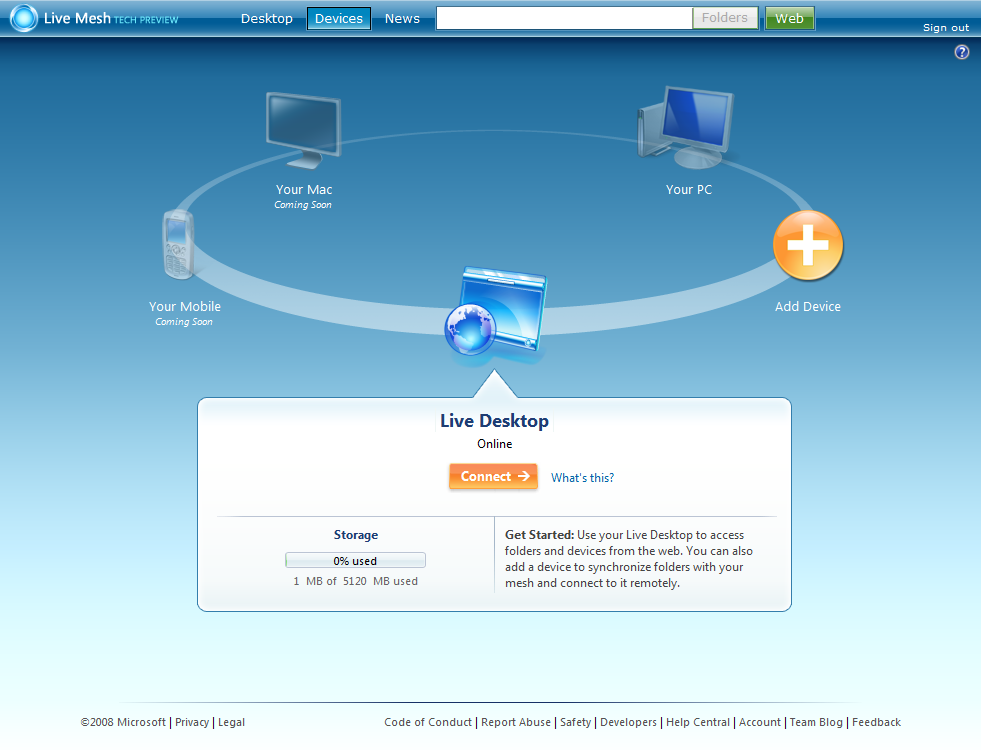Microsoft’s BPOS: Cloud Computing’s Silver Lining?
Behind The Cloud
When Salesforce.com arrived in the dot-com frenzy of 1999, it was announced as “the end of software.” This bit of IPO-fed hyperbole implied that client software was dead and simply didn’t realize it yet. The future of computing lay in hosted software—apps based on a remote server but used through a local, client-side Web browser.
Today, most users would say that software is alive and well. Consumers buy the vast majority of their software either in a box or through a download. Businesses continue to buy license packs. Nearly everything runs locally.
However, recent years have seen a quiet, yet growing number of exceptions. Gmail, officially launched in 2005, is often credited with popularizing Web-based email and spearheading the growing line of Google Apps, but Hotmail has been with us since 1996. Microsoft debuted Windows Live in 2005, and the “Live” moniker is slowly growing to envelop Microsoft’s consumer roster. Today, some elements of Live are still client-based, but others reside in the “cloud,” the generic, modern term for Internet-based applications powered by remote servers. For example, Microsoft Office Live is a Web-based set of tools for online storage, file sharing, Web site design, and site hosting. Only the hosting carries a fee. These tools are designed to integrate with conventional, client-side Office, but Office Live apps can still stand independently.
For something even more forward-looking, check out Microsoft’s Live Mesh, a multi-device synchronization platform able to span Windows, Windows Mobile, and OS X. Mesh also incorporates cloud storage and remote desktop elements. Slowly but surely, we’re circling back to the concept of thin clients and expanding it such that every computing device can be a thin client and the servers are no longer in one’s building, but reside somewhere “out there” on one or more data farms. Is it any wonder that Intel is throwing so much muscle behind the curiously-retro Atom processor, a chip drastically underpowered when compared against Core-based designs, but designed to excel on thin devices?
No, software may not be dead, but it’s certainly evolving, and businesses look likely to reap the biggest near-term benefits. If you’ve thought that “cloud computing” was some cheesy catchphrase meant for the Fortune 500, get ready for an eye-opener. All the lessons that Microsoft has learned since 2005 have been poured into the new Business Productivity Online Suite (BPOS), a part of Microsoft Online Services. Essentially, BPOS is an enterprise-class, cloud-based messaging and collaboration platform that renders the old box-and-license software model obsolete. That’s a pretty grandiose statement, but bear with us and you’ll see what we mean. There is nothing else quite like BPOS on the market today, and, particularly in a down economy, it has the potential to save businesses of any size a lot of money and improve how they operate in the process.
Get Tom's Hardware's best news and in-depth reviews, straight to your inbox.
